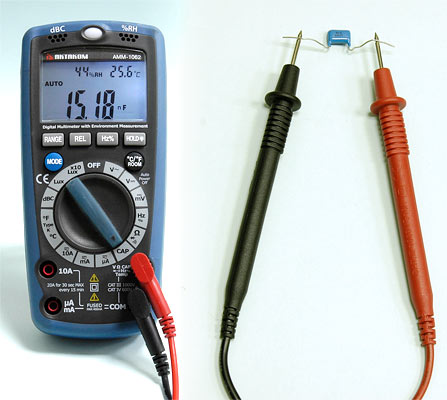Capacitance is not always a finite number..... Sometimes capacitance is dependent on applied voltage gradient....non-linear situation...
So you have the applied DC voltage and the applied AC signal.....both have influence ....
In your case, it may be mis-labeled...
So you have the applied DC voltage and the applied AC signal.....both have influence ....
In your case, it may be mis-labeled...
 That is... If you didn't measure them going into the drawer then we can't know if they weren't always off value spec. There is absolutely nothing about sitting in a drawer that would cause film caps to drift. Electrolytics have a viscous electrolyte that dries out and crystallizes with age whether in use or not (actually worse "or not"). But film caps are made of stuff that will withstand dozens of human lifetimes if no electrical stresses are applied to them. I think it's probable those caps are fine, but marked incorrectly for value because they came off a run intended for the spec value. I would want to test them at near spec voltage for performance before I would even trust them at their measured value.
That is... If you didn't measure them going into the drawer then we can't know if they weren't always off value spec. There is absolutely nothing about sitting in a drawer that would cause film caps to drift. Electrolytics have a viscous electrolyte that dries out and crystallizes with age whether in use or not (actually worse "or not"). But film caps are made of stuff that will withstand dozens of human lifetimes if no electrical stresses are applied to them. I think it's probable those caps are fine, but marked incorrectly for value because they came off a run intended for the spec value. I would want to test them at near spec voltage for performance before I would even trust them at their measured value.

Comment